Kiive Audio LunchBox Review (2023)
Kiive Audio is a new player on the digital field, coming to notoriety with the company's homerun smash, "Tape Face" - yet another take on the ever popular virtual Reel-to-Reel tape craze. The company is a small affair, comprised of Eddie Lucciola, Founder and Developer; and Pablo Ochoa, GUI Designer. Hailing from Canada myself, I can't help but hold a degree of pride in what this Canadian startup (Kiive Audio) has achieved since it began in 2020. Be that as it may, LunchBox can confidently step out on the world wide stage entirely on its own merits and impressive sonic properties. At the time of this publication, LunchBox may be had for only $36.40 -- a huge 47% savings off the normal MSRP (Manufacturer’s Suggested Retail Price) of $69.
0 Comments
Audient ID24 Review (Definitive, 2023)
So, just how much of an expenditure is required to obtain this piece of metal-encased audio luxury? Well, dear Reader, you needn’t hold your bated breath in trepidation. As of the time of this publication, the iD24 retails at Sweetwater, in the USA, for $399 USD. Here in Canada, Long & McQuade sell the iD24 for $549 CAD. Back home in the UK, our British neighbours can purchase one for £295 GBP at Andertons. As a point of reference, a Forcusrite Scarlett 4i4 may be had from Sweetwater (USA) for $259 USD.
Straight Ahead Samples, Atomic Big Band Horns Review (Deep Reveal, 2023)
Atomic Big Band is not a whimsical novelty; rather, it is a hard hitting, potent horns ensemble that champions an entirely new approach to horn sampling, and showcases itself as a specialized solution aimed straight at Big Band, Jazz, Funk and Pop productions. If you’re looking for mellow, emotive brass tones, or cinematic flavours, you’d be better off looking in the direction of something like e-Instruments, “Valves”. On the flip side, if you’re in need of exciting, assertive horns dripping with character and ferocious tone, this one will fit the bill consummately – especially if you’re looking to achieve the MOST realistic horn performances possible with a Kontakt library!
SA Samples’ Atomic Big Band Horns ring-a-ding-dings the til at a moderately dear MSRP (Manufacturer Suggested Retail Price) of $495 US buckaroos -- in other words, it’s not cheap. If you’re just a curious samples hoarder, then this sample library might seem to be a little too steep for casual purchase. If, however, you’re in the market for a serious powerhouse that can handle Big Band, Jazz, Pop, Rock and upbeat Blues with ease, and can also effectuate blistering solos, then you should definitely check this one out! Mind you, when you take into consideration that there are 13 individual instruments crammed in, all highly playable on their own, this calculates to only $38.50 per horn.
Wave Arts Panorama 7 Review (In-Depth, 2023)
This seventh iteration of Wave Arts’ (WA, hereafter) long-standing acoustic-ambiance processor is the first Wave Arts plugin (of hopefully many) to be released with a sumptuous, high resolution, dark-themed interface – complete with resizing options to boot! As of the time of this publication, I see that WA’s MultiDynamics 7 has also been recently unveiled sporting a similar high res frontage – fingers crossed that all of Wave Arts individual plugins and bundled suites will be given equal treatment.
Even after a brief play with Panorama 7, I quickly realized that this is not just a fanciful toy, but rather, a complex and niche plugin that will prove to be useful in various mix scenarios. As such, it is reasonably priced at $129 (USD) MSRP, but may be had for as little as $25 if you are a license holder of Panorama 6 ($75 to upgrade from version 5). Considering that this plugin provides sound positioning and panning features that are impossible to achieve through typical DAW panning, or even with 3rd party panning plugins, the price tag is well justified.
AAS Chromaphone 3 Review (BEST, 2023) | Reviewers Revival
Chromaphone 3 by Applied Acoustic Systems (AAS hereafter) is a powerful, dual-apparatus software synthesizer that specializes in acoustic object modelling. Boasting eight physically modeled acoustic resonators and a dual-voice, multi-timbral engine, it allows a user to illicit highly convincing instrumental tones out of it, all the way through to creative, otherworldly sounds. Showcasing a fresh new interface design that is freely resizeable and 4k ready, Chromaphone 3 delivers an exciting, unique musical experience without sacrificing an iota of ease-of-use.
Chromaphone 3 computationally materializes eight physical modeled resonators. These being: strings, plates, drum heads, membranes, beams, bars, and two types of tubes. Any of these can be used in solo, pairs, or in duo-paired combinations to reproduce very realistic sounding real-life instruments. Not surprisingly, there is huge potential inconspicuously concealed under the hood that lends itself to also creating original sonic textures that defy physical instrument limitations. Version 3’s predecessors, Chromaphone and Chromaphone 2, masterfully carved out their own physical modelling niche, and subsequently raised their own bar-of-excellence to Olympian levels. It’s not unreasonable to conclude that only AAS (Applied Acoustics Systems) itself could develop a third iteration of the instrument that behests a cautious shopper to seriously consider upgrading or making a first time acquisition. Priced normally at $199 (USD) for the synth by itself, or $399 for the Sound Packs Bundle (includes 16 deluxe expansion packs), Chromaphone 3 may well be considered a moderate purchase that the average plugin collector might not want to make whimsically. Fortunately, licensees of earlier versions can upgrade to version 3 for as little as $79 (USD). Mission Engineering EP-1 Expression Pedal [Exciting, Deep] Review
As with all of Mission Engineering's arsenal of gadgetry and stompable FX weaponry, the EP-1 is built to last; and it does so with style! I guesstimate that over 98 percent of the pedal is fabricated from solid metal. The couple of non-metallic parts are made of strong, commercial-grade plastic that bears absolutely no similarity to the kind found in a $50 device. Oh, since we've discreetly stepped into the topic of lucre, let's note that Mission's products are not cheap. They aren't cheaply made. They aren't cheaply shipped. They don't house cheap electronic componentry. As such, the EP-1 certainly does not fall into impulse purchase or thoughtless GAS (Gear Acquisition Syndrome) territory - it retails for $149 US Dollars.
When compared to the price tag affixed to an M-Audio EXP, or a Roland EV-5, you might gasp in a brief moment of sticker shock; however, even a few minutes of usage will assure you that a Mission Engineering pedal is definitely worth the extra coinage. It’s also worth highlighting that Mission’s Made in USA build quality is top-notch, to boot! Mission Engineering SP-H9 Expression Pedal Review
Arturia KeyLab 61 MKII In-Depth ReviewArturia has been around since 1999; albeit the fledgling company didn’t achieve any great success right away. It took a few years, but in 2003, things began to change dramatically for the French company when they released their first emulations of some best-loved classic synthesizers in VST plug-in format. Said emulations were coined “The V Collection” (V obviating the term, vintage). As time passed, and subsequent product revisions ensued, Arturia’s reputation grew, as did their V Collection; what, with its current iteration numbering 25 vintage synths, e-pianos, pianos and even a Mellotron (as of June, 2019). Moreover, Arturia has continued to refine and improve its TAE® (True Analog Emulation) technology.
Although Arturia’s software developments have generally been well-received, the company wasn’t content to focus solely on that side of the equation so in 2009, they made available their first hardware synthesizer, “The Origin”. Since that time, Arturia has continued to produce a respectable catalogue of hardware pieces including “Mini Brute”, “MicroBrute”, “BeatStep”, “MatrixBrute”, “AudioFuse”, and many others. Consistently, each of Arturia’s hardware offerings has proven itself to be solidly built and well-outfitted with ample functionality and plentiful accoutrements.
Our present investigation spotlights one of these: The KeyLab 61 MK II. This little darling rings the till at a moderate street price of $499 - $549 (USD) / $649 (CAD) in most retail shops. The unit I received is a black model (which I personally prefer), but of course, the KeyLab MK II series is also available in Arturia’s recognizable white carriage. Ensuring that even a first-time customer will be able to enjoy this delightful keyboard controller at its finest, Arturia has included full version licenses of Analog Lab 4 and Piano V 2. Analog Lab is a heaping compendium of Arturia’s entire V Collection, providing approximately 8000 presets culled from the entire caboodle. Piano V 2 is a collection of 12 modelled pianos comprising uprights, grands, and even a couple of unique theorems that marry traditional designs with imaginary metallic and glass cabinetry. [Exciting Deep] Review of Eventide H9 Max | Reviewer's Revival
DISCLAIMER! This is a deep, investigative editorial.
As such, it is presented in two parts.
So just how much wallet-paper does it take to get an H9 Max onto your pedal board?
Eventide’s MSRP and most nearly every retailer’s listing comes in at $699 (USD) / $899 (CAD). If you’re thinking, “Sheesh! That’s a big chunk of change”, I would agree with you – on the surface. However, when you take into consideration that most nearly every one of Eventide’s enviable algorithms has been gleaned from their entire stomp box line, the price makes a lot more sense. This includes, but is not limited to, all modulation, harmonizing, pitch-shifting, delay, reverberation and tremolo algorithms. In addition, exciting H9-exclusive algorithms are here as well: UltraTap, Resonator, SpaceTime, PitchFuzz, EQ Compressor, Sculpt, CrushStation and HotSawz. Moreover, any algorithms released in the future will automatically be available for H9 Max users to download – at no additional expense. Purchasing algorithms a’ la carte costs $20 apiece (applicable to H9 Core and H9 Harmonizer units only). Native Instruments Komplete Kontrol A61 [Exciting In-Depth] Review
Unless you've been imprisoned in Iqaluit, Nunavut, since the early 1990s, you’re no doubt very familiar with music technology mega brand, “Native Instruments” (NI). Chances are, the percentage of contemporary music producers, home-recordists, and DAW users who don’t own at least one NI product, is probably so low that it’s negligible to measure. Be that as it may, NI has pretty much always been the industry leader – perhaps even the industry creator – of all samples-based virtual instrumentation. Well, in regard to the personal computer and software DAW domains that is.
As magnanimous as NI’s sample and software archive is, they've not been strangers to the hardware side of the equation either. In particular, their Traktor rigs became tremendously popular with our musical wannabe cousins (DJs), and many a fine home recording was captured using Komplete Audio devices. Machine hybrid systems, which married percussive pad controllers to software samples, allowed electronic music artists to get as creative and hip-hoppy as their one drop hearts desired. The small studio and home producer crowd really sat up and took notice when NI released their industry-shaking line of dedicated keyboard controllers: Komplete Kontrol “S” series – in 49, 61 and 88 key configurations.
|
NO SPAM! IK Multimedia Group Buy
FX Pick & Mix Group Buy - up to 16 for the price of 1
Will You Help?Web hosting is getting more and more expensive all the time, and Reviewer's Revival is NOT funded nor supported by any commercial enterprise or business. A donation of any amount is greatly appreciated. Even $2 or $3 for a coffee - every little bit helps. Thanks very much.
Legal BlurbAll of the articles published on Reviewer's Revival are undertaken to be purely objective, impartial reviews. Reviewer's Revival is not owned, funded-by, nor hired by any company or individual. Reviewer's Revival is the sole property of, and solely under the discretion and direction of Brother Charles. |

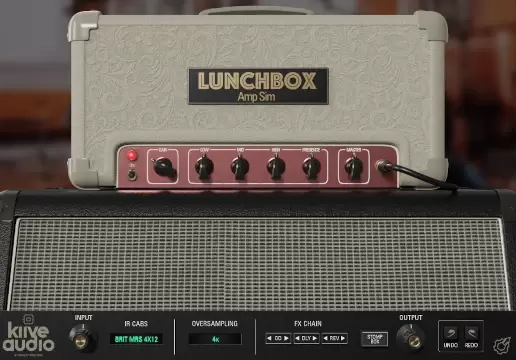
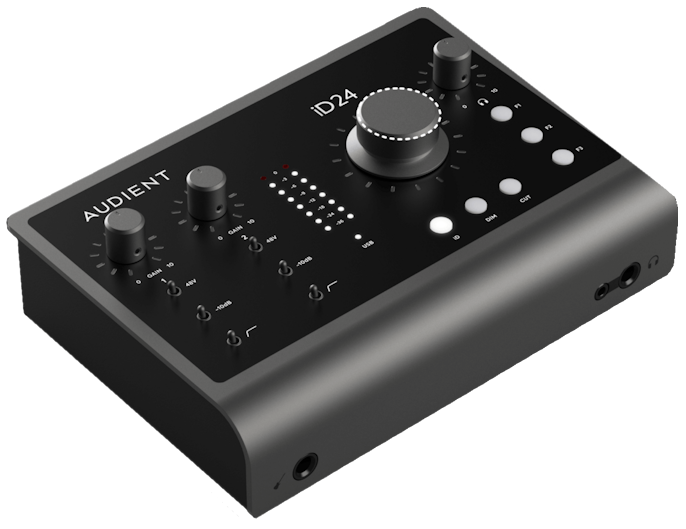


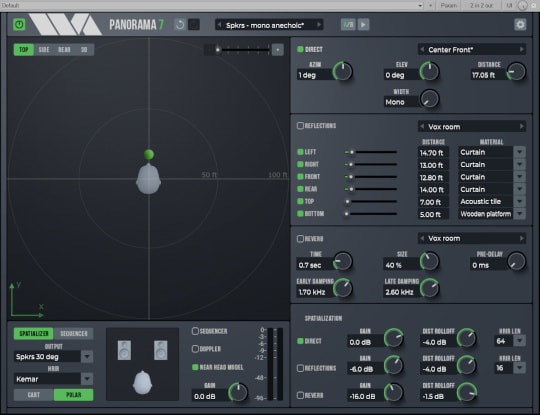
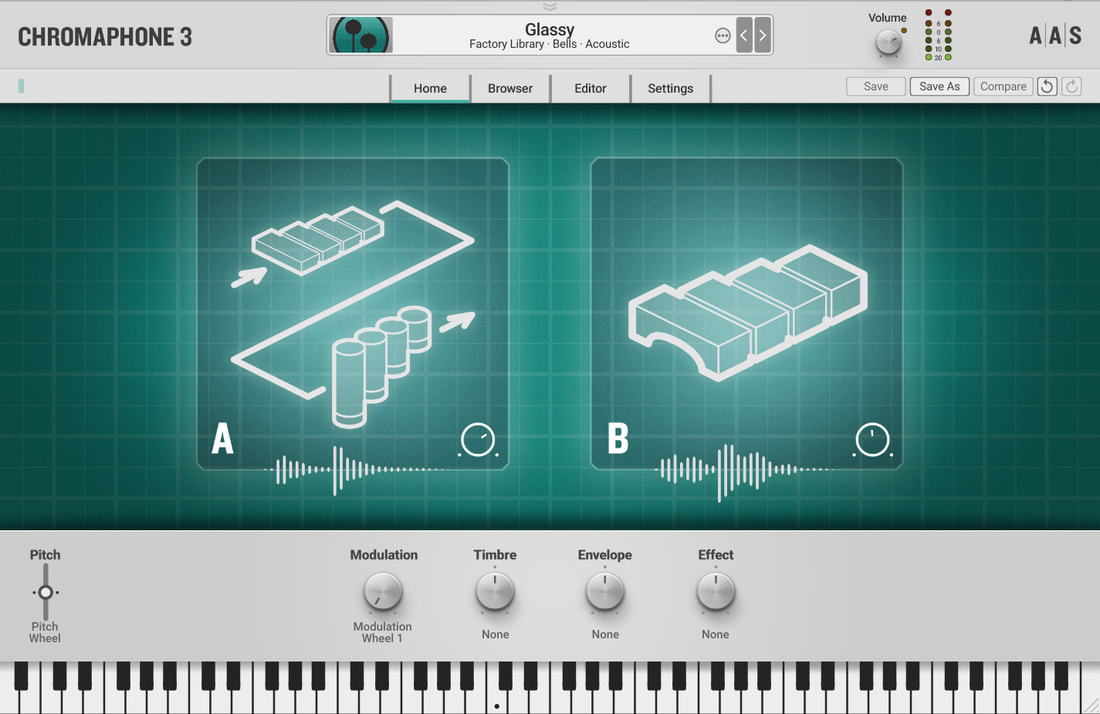
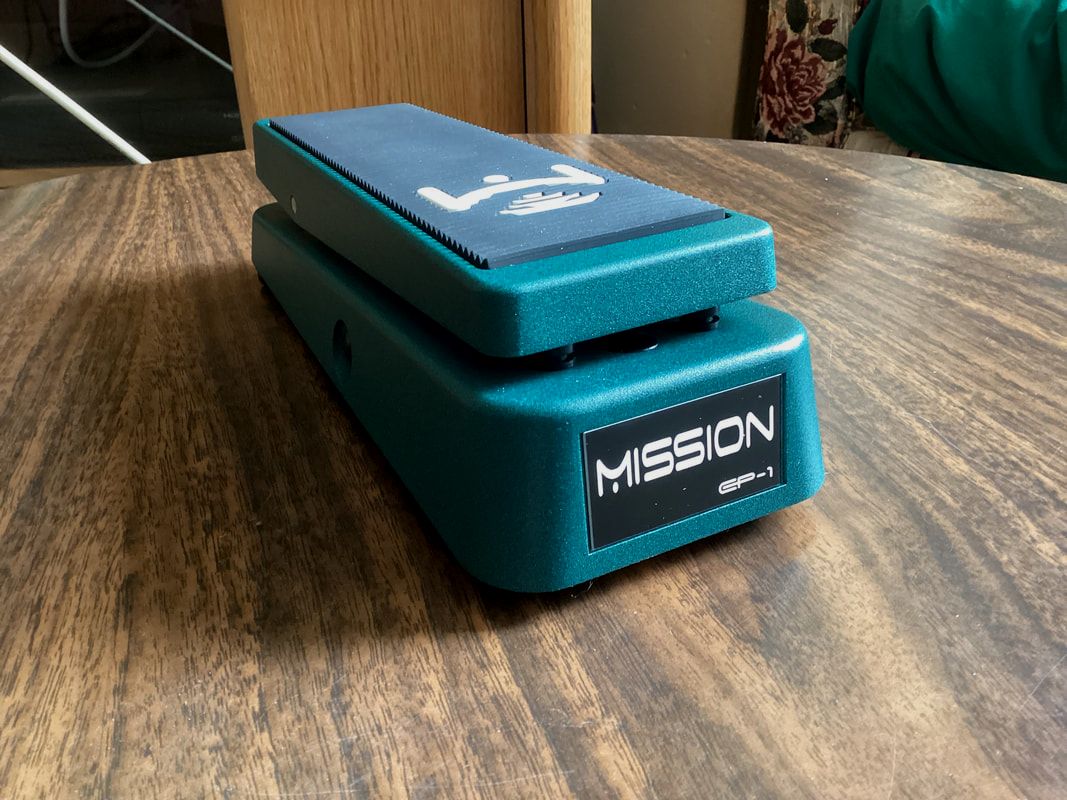
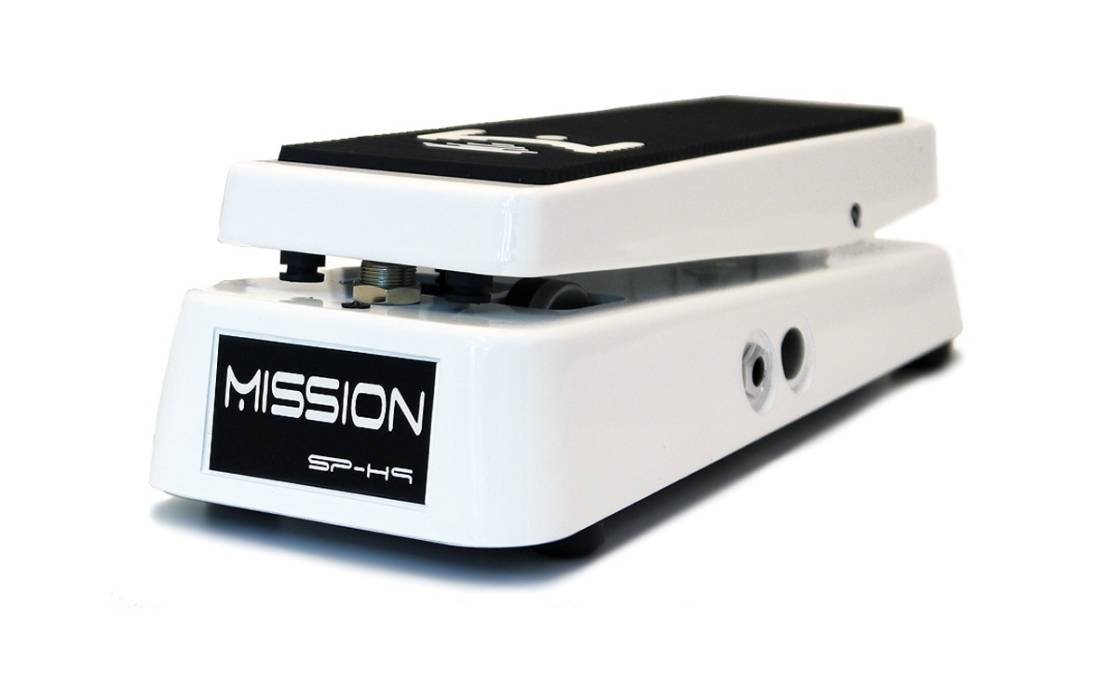
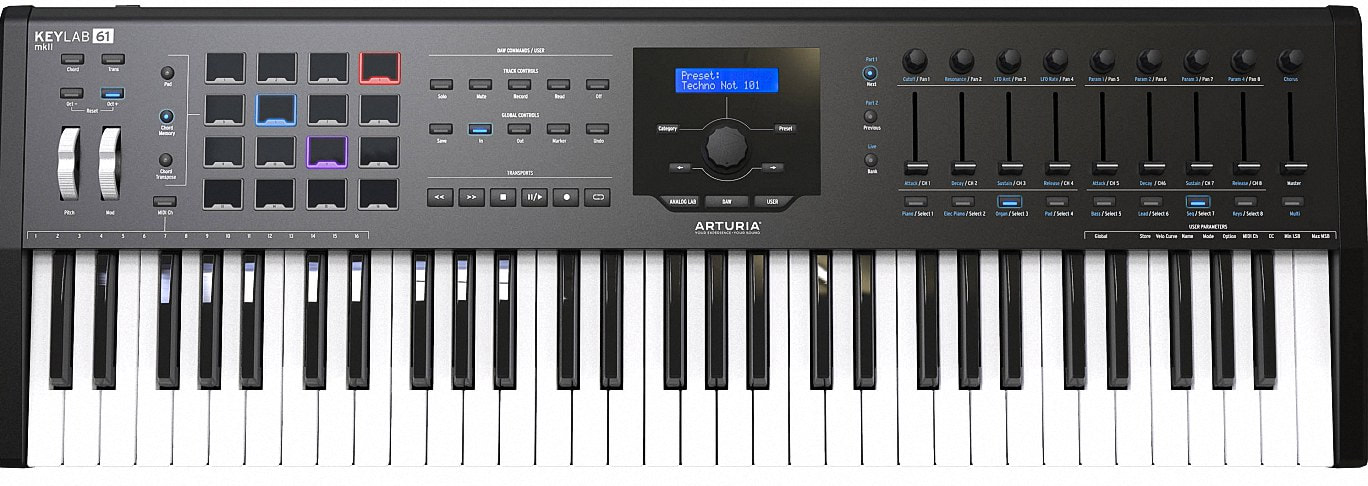
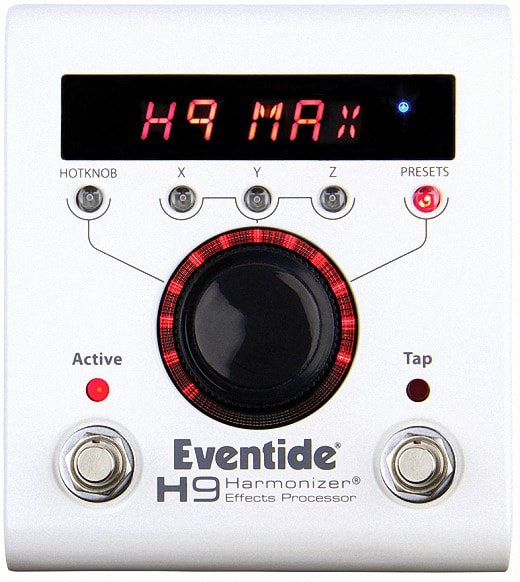



 15% OFF Summer Sale!
15% OFF Summer Sale!
 RSS Feed
RSS Feed

